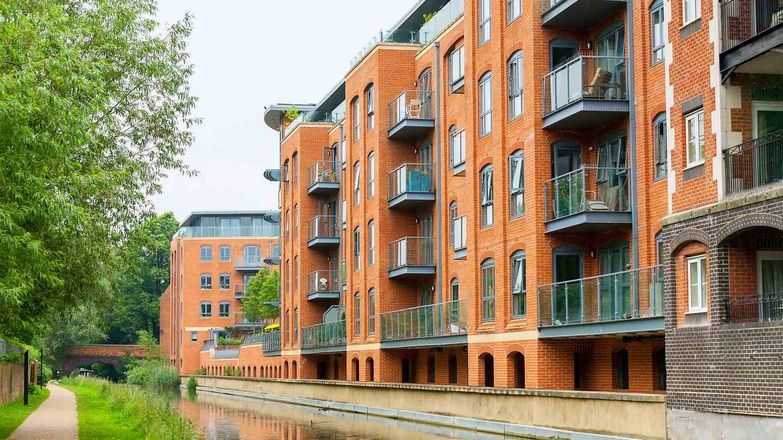
Those responsible for historical safety defects, and those ultimate owners of buildings, will instead be required to fund essential repairs.
Propertymark campaigning sought clarification for buy-to-let landlords, putting pressure on the UK Government to include those that own more than one property to receive support. Within the Act, it is pleasing to see qualifying leaseholders who live in their own home or own up to three UK residential properties in buildings above 11 metres tall or with at least five storeys will be protected.
Agents should be aware of the new responsibilities of developers and building owners as well as the protections provided to ensure that costs are not passed on to leaseholders. The UK Government has produced guidance on leaseholder protection and frequently asked questions to help navigate through the Act.
Leaseholder protections
It will be illegal for freeholders to pass on the cost of historical building repair works or the removal of cladding to any leaseholder, including non-qualifying leaseholders if they are or are linked to the building's developer.
Where a developer cannot be held responsible and the building owner is not required to meet the costs in full, leaseholders with non-cladding-related issues will also be protected by a cap on how much they can pay for these costs. The cap will only apply to non-cladding-related work for those whose property is valued at more than £325,000 (London) and £175,000 outside London (owners of properties below this ceiling will pay nothing).
If a leaseholder has bought through shared ownership, the cap will reflect their share of ownership in the property.
Buyers of new-build homes will be able to hold their developer responsible for safety and quality issues under a new scheme from the New Homes Ombudsman.
Building developers responsibilities
The protections mean that developers will be primarily responsible for paying to fix all historic unsafe cladding and non-cladding fire safety defects if they still own the building or the building owner is linked to the original developer. Any refusals will prevent them from building new homes and will be open to legal action with possible prison sentences.
Building owners will be able to launch legal action against developers, contractors and manufacturers for shoddy construction works and defective products which have caused homes to be uninhabitable in the past 30 years.
There will be extra powers for the courts in England and Wales to go after associated companies, which means businesses who have hidden behind shell companies within corporate structures can now be pursued to pay.
Building Safety Act enforcement
Some developers are already stepping up and doing the right thing, 45 of the UK's biggest homebuilders have agreed to fix life-critical fire-safety defects.
The Secretary of State has written to freeholders to remind them that qualifying leaseholders now have protections in law from costs and that they will be acting illegally if they attempt to circumvent them. Plus, new responsibilities as part of the Act, include ensuring buildings have updated fire risk assessments that reflect the latest guidance on proportionality.
Alongside this, the UK Government has signed contracts for a new Professional Insurance Indemnity Scheme. This will help assessors conduct EWS1 assessments to identify whether buildings have fire safety risks, ensuring professionals can make sensible decisions and restore common sense and proportionality to the market.
Improving building standards
A new Building Safety Regulator – overseen by the Health & Safety Executive – will enforce a new, more stringent regulatory regime on the safety and performance of high-rise buildings in scope, in England.
A National Regulator for Construction Products will implement stronger standards on construction manufacturers in the UK.




